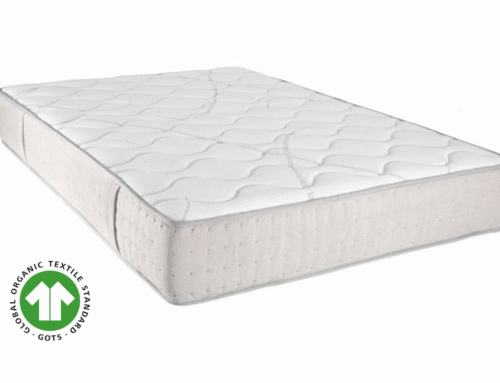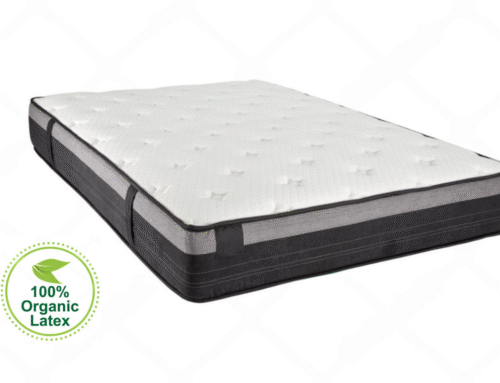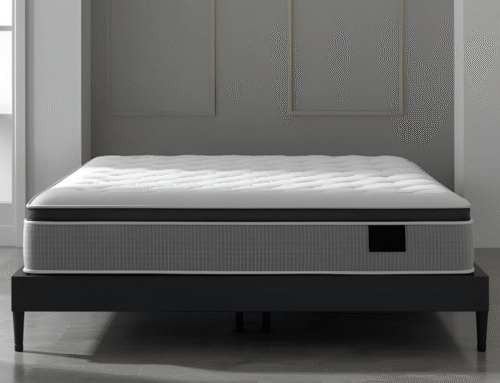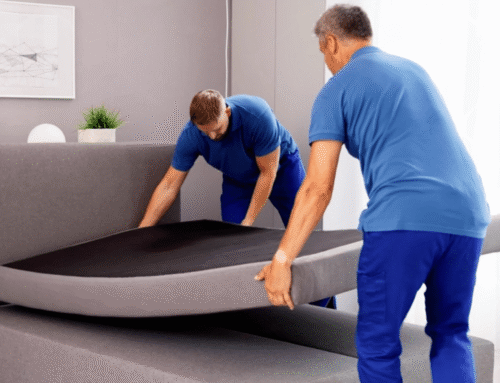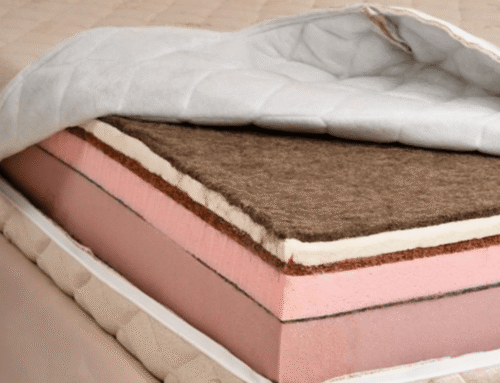Cutting a latex mattress may seem hard at first, but it’s not as tricky as most people think. Latex foam is firm and springy, yet with the right tools and patience, it can be trimmed without losing comfort. Some cut it shorter for RV beds or custom frames, while others adjust it for a better fit in their space, taking into account what latex mattress is, what it’s made of, the feel, the difference between foam and latex and between latex and memory foam, and the advantages of buying it.
When done carefully, latex can be cut cleanly with a sharp blade. The key is to go slow and keep the foam steady so it doesn’t tear or leave rough edges. People who’ve tried it say the mattress keeps its shape and feels just as supportive after trimming. Its flexibility makes it reliable for small adjustments.
The process mainly comes down to using the right method and being patient. Sharp blades, steady pressure, and a careful pace keep the surface neat. With a few simple tips, the mattress can look tidy and still feel supportive after trimming. We’ll walk you through the process of cutting latex foam safely, which tools to use and how to keep the surface smooth.
Key Takeaways
- Latex mattresses can be cut safely if you use the right tools, like a sharp knife or an electric cutter, and take your time.
- This works well for RVs, bunk beds, or other custom setups. Cutting lets you reuse a mattress without losing comfort or support.
- Measure carefully and mark both sides before cutting. Chalk or washable markers help keep the lines straight and clear.
- The pieces you cut off don’t have to go to waste. They can become pillows, pet beds, or extra cushions around the house.
- Sealing the edges isn’t necessary, but wrapping them with fabric or tape can give the mattress a cleaner look and help it last longer.
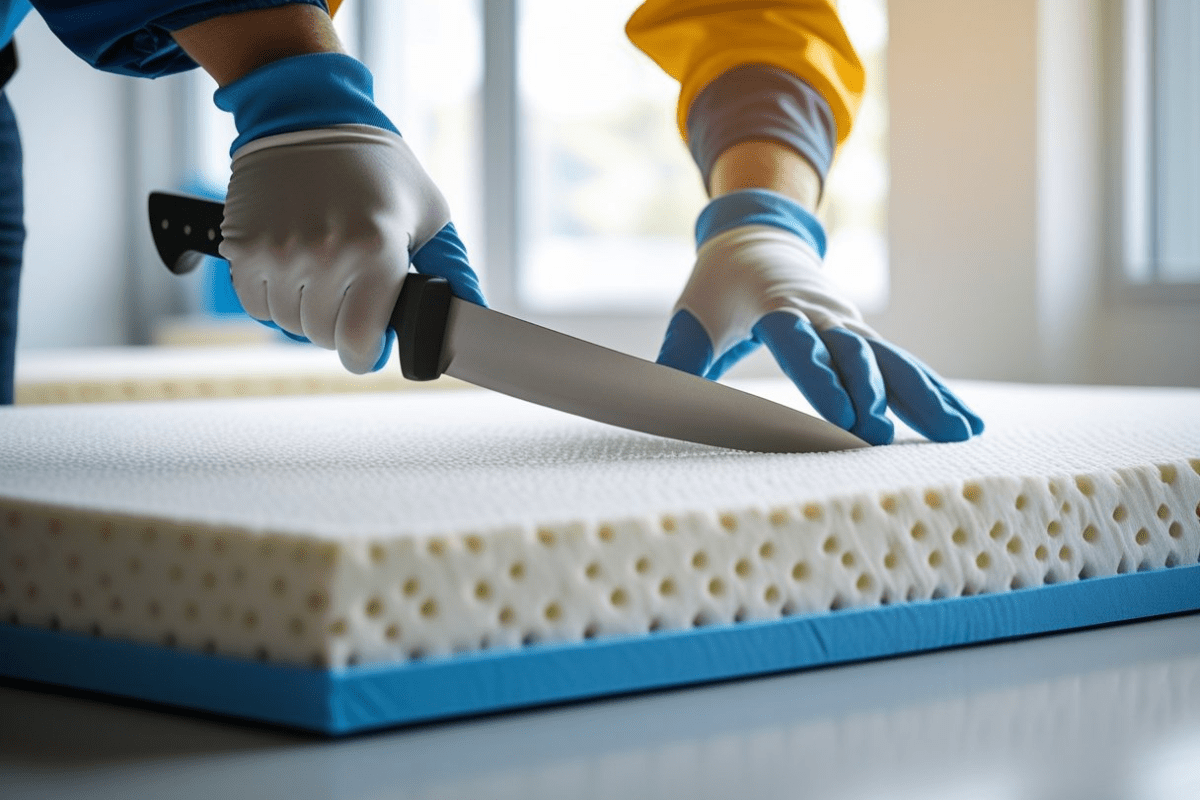
Why Would You Need To Cut A Latex Mattress?
A latex mattress can sometimes be too big for the space it needs to fit. People who convert vans, build bunk beds, or switch to a smaller frame often find it easier to cut the mattress than to buy a new one. It saves money, and the choice depends on its thickness, weight, and how easy it is to move.
Latex foam is also easier to cut compared to other materials. Latex foam retains shape evenly, does not crumble, and does not release overpowering odors while cutting. Even when resized, the foam remains comfortable and supportive, making it reliable for repeated use. With the right equipment and appropriate maintenance, it is a simple matter to cut a latex mattress. The result is a custom fit that still benefits from the support of latex.
For anyone who wants to change a sleeping configuration without having to replace the entire bed, this option is convenient and adaptable.
Is It Safe To Cut A Latex Mattress?
Cutting a latex mattress can be done safely when handled the right way. Natural latex does not release harmful chemicals or strong odors, unlike some synthetic foams. The material is also safe to touch, which makes the process less concerning for health.
Latex, however, is dense and bouncy, so cutting it is not as simple as slicing through fabric. A dull blade or rushing the job often leaves uneven edges and wasted pieces. Tools like a sharp utility knife or an electric carving knife work better and give a cleaner cut. Measuring carefully before starting is key to keeping the mattress shape even. Slow, steady cutting helps preserve the structure and stops the layers from shifting. With the right tools and a patient approach, latex can be trimmed without damaging its quality.
How To Measure Before Cutting
Careful measuring is the first step to avoid errors. Numbers should be written down and checked twice so nothing ends up too short or too wide. A tape measure works best, and a straight edge keeps the line clean.
Both sides of the mattress need to be marked so the cut stays even from top to bottom. This helps the final result look neat instead of lopsided. Aligning both sides before cutting also lowers the chance of rough or skewed edges. Chalk or a washable marker works well for marking lines since the marks stand out but can be removed later. Clear lines give a simple guide to follow. With this step, the cutting process becomes smoother from beginning to end.
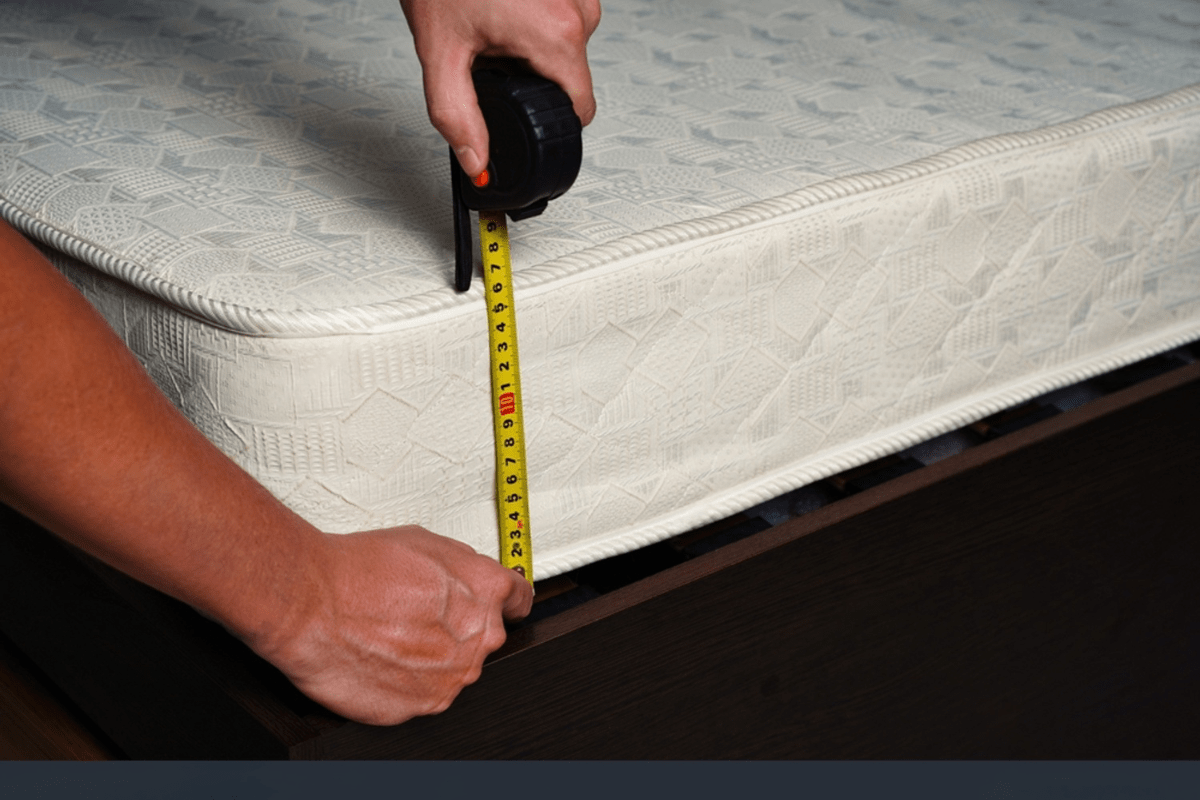
Tools You’ll Need To Cut Latex Mattress
Cutting a latex mattress is generally safe when done the right way. Natural latex does not release harmful fumes like some foams, so there is no major health concern. It is also clean and fine to handle directly.
The material is dense and elastic, which makes it harder to work with. Using a dull knife or sawing too fast often leaves rough edges and wasted material. A sharp utility knife or an electric knife provides a cleaner and more accurate cut. Taking time is important to keep the mattress structure intact. Careful measuring before cutting ensures the size comes out right. With the right tools and a steady hand, latex can be cut safely while keeping the material reusable.
Step-By-Step Guide: How To Cut Latex Mattress
Placing a mattress on a flat, clean surface makes it easier to control and avoids uneven cuts. Taking a few minutes to measure and mark a clear line helps prevent mistakes later. Wearing gloves is also smart since latex can be slippery to handle.
The steps below show a simple way to cut the mattress safely while also adjusting comfort. Cutting it the right way can make it softer and more comfortable. Each step keeps the process safe and clean.
- Place the mattress flat on a clean surface
- Measure and mark the cutting line clearly
- Wear gloves for better grip and safety
- Cut slowly with a serrated or electric knife
- Keep the knife level for a smooth edge
- Trim rough edges with scissors if needed
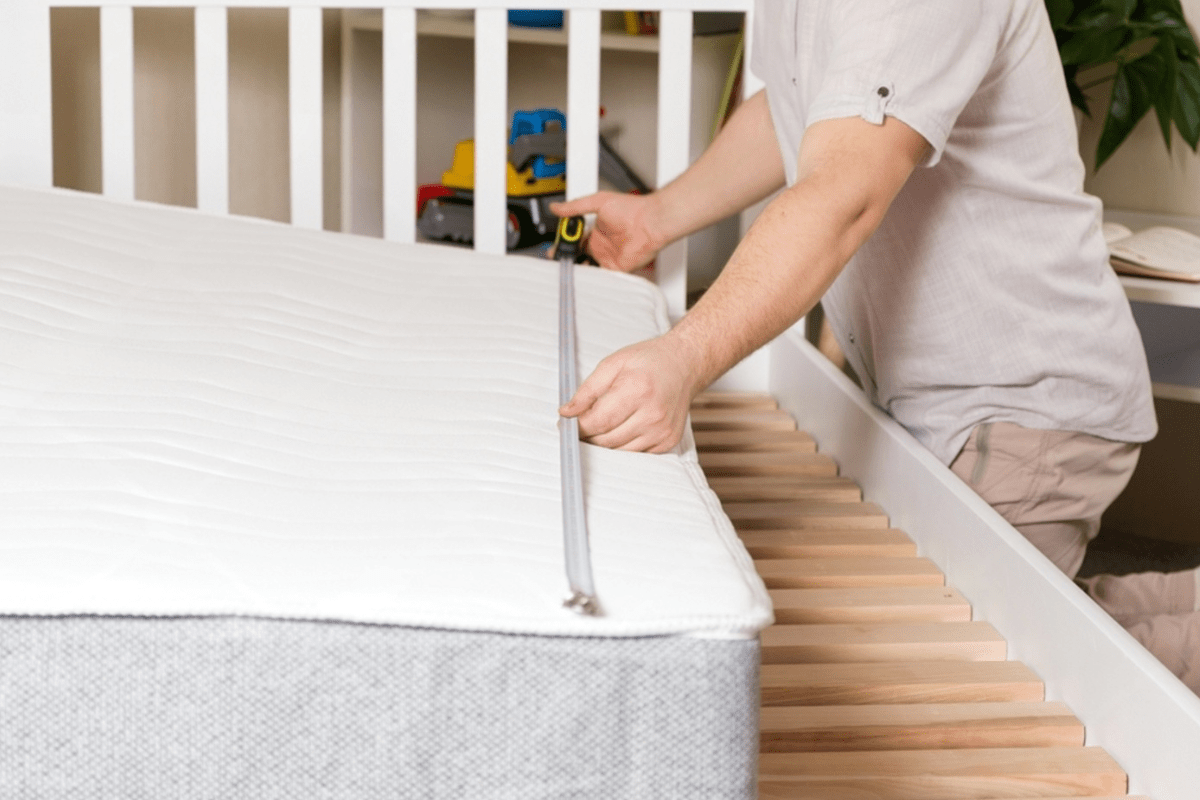
Can You Cut Through Mattress Covers?
Cutting a mattress cover depends on how it is built. Some latex and hybrid models come with a zippered cover that can be taken off. In those cases, it’s easier to trim the foam first, then adjust or replace the cover afterward. If the cover cannot be removed, the fabric and foam must be cut together. This step takes patience because rough or uneven cuts can damage the material. Using steady strokes keeps the surface clean and avoids tearing.
After the foam is cut, many people choose to resew the old cover or create a new one. This keeps the mattress looking neat while protecting the inside layers. A careful approach also prevents damage and helps keep the mattress clean and no odor.
Best Way To Seal The Cut Edge
Latex foam holds its shape even after being cut, so sealing the edges is not required. The material does not fray like fabric, which is why many people leave it as it is. Still, some prefer a cleaner look and look for ways to cover the open sides, especially when thinking about storage and long-term use. One way to get a tidier finish is by sewing fabric around the edges or placing the foam inside a fitted cover. This not only makes it look neater but also keeps dust away. For those who use latex foam without a full mattress casing, this option works well.
Another option is to use mattress tape or upholstery tape on the cut sides. While not essential, it makes the foam sturdier, especially if it will be moved often. These small touches do not change how the foam works, but they can make it feel more durable and polished.
Tips For Cutting Latex Mattress Perfectly
Cutting a latex mattress requires care and the right tools. A sharp serrated knife usually works best since it cuts smoothly and avoids rough edges. Moving slowly and not rushing helps keep the latex from tearing or getting squished. It helps to mark both sides of the mattress before cutting so the line stays straight. Clean hands and tools keep the surface free from dirt that might stick inside. Some people try a small section first to make sure they feel ready for the full cut.
For thicker latex, an electric knife often makes the job easier. Keeping steady pressure and moving in a straight line helps maintain even edges. Careful steps at the start can save time later and prevent mistakes that are hard to fix.
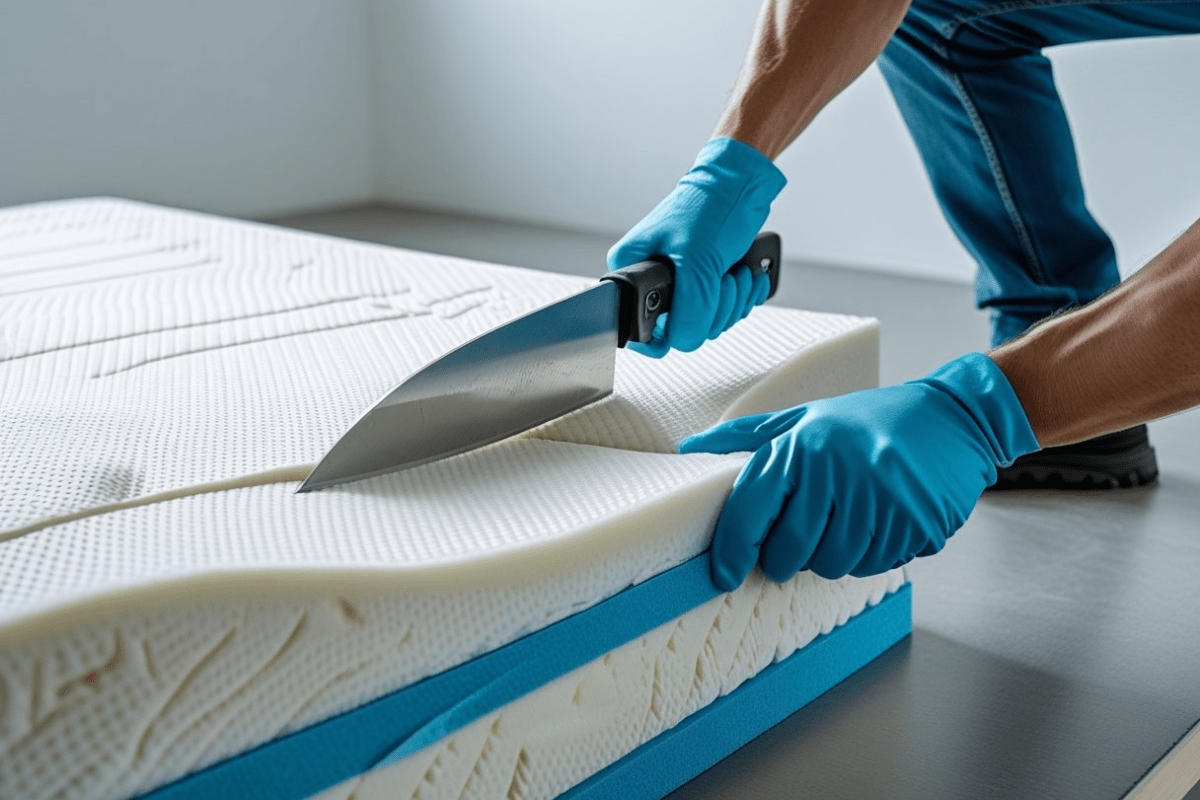
Can You Reuse Cut-Off Pieces?
Cut-off pieces of latex can be reused in numerous useful applications throughout the house. They are ideal for homemade pillows, pet mats, seat cushions, or additional furniture padding. The material is long-lasting and breathable, so it withstands over time and remains comfortable.
Cutting the remnants to size and storing them in a pillowcase or cover is easy and efficient. This method lengthens the existence of leftover latex without wasting resources. It also prevents the pieces from being discarded. Reusing the leftovers creatively adds value without additional expense. Minor modifications can convert leftover pieces into useful, plush articles. Some people discover that reuse of cut-offs is a practical and ecologically friendly option.
Final Thoughts
Cutting a latex mattress is simple when the right steps are followed. Measuring carefully and using the right tools makes the process smoother. Many people do this to fit mattresses in campers, kids’ rooms, or unique bed frames.
Latex holds up well after being cut. It stays supportive, breathable, and comfortable as long as the cutting is done slowly. Rushing through it could damage the material and affect how it feels. With some patience, trimming a latex mattress can be practical instead of stressful. It lets the mattress fit into any space without giving up comfort. The result is a bed that feels good and fits just right.

